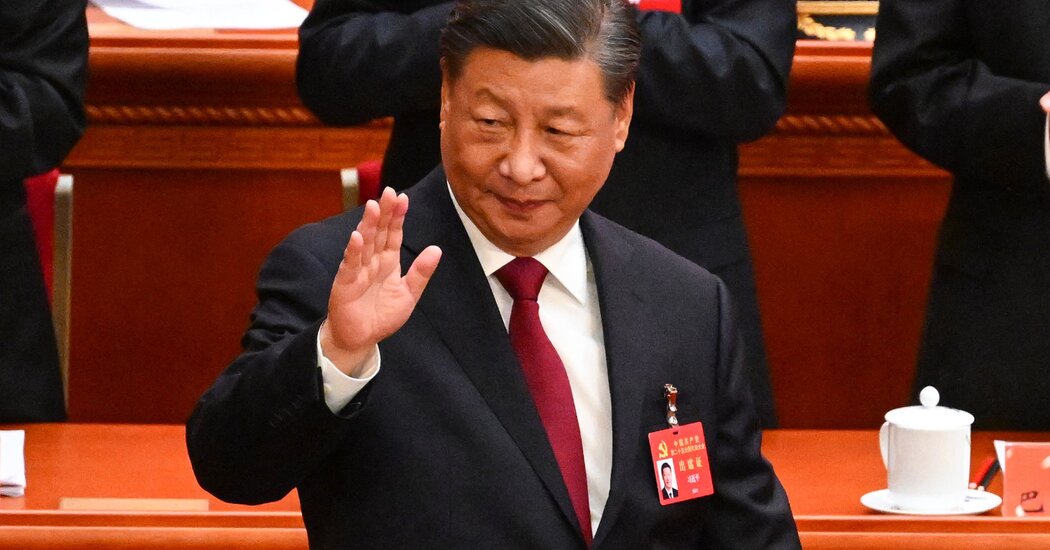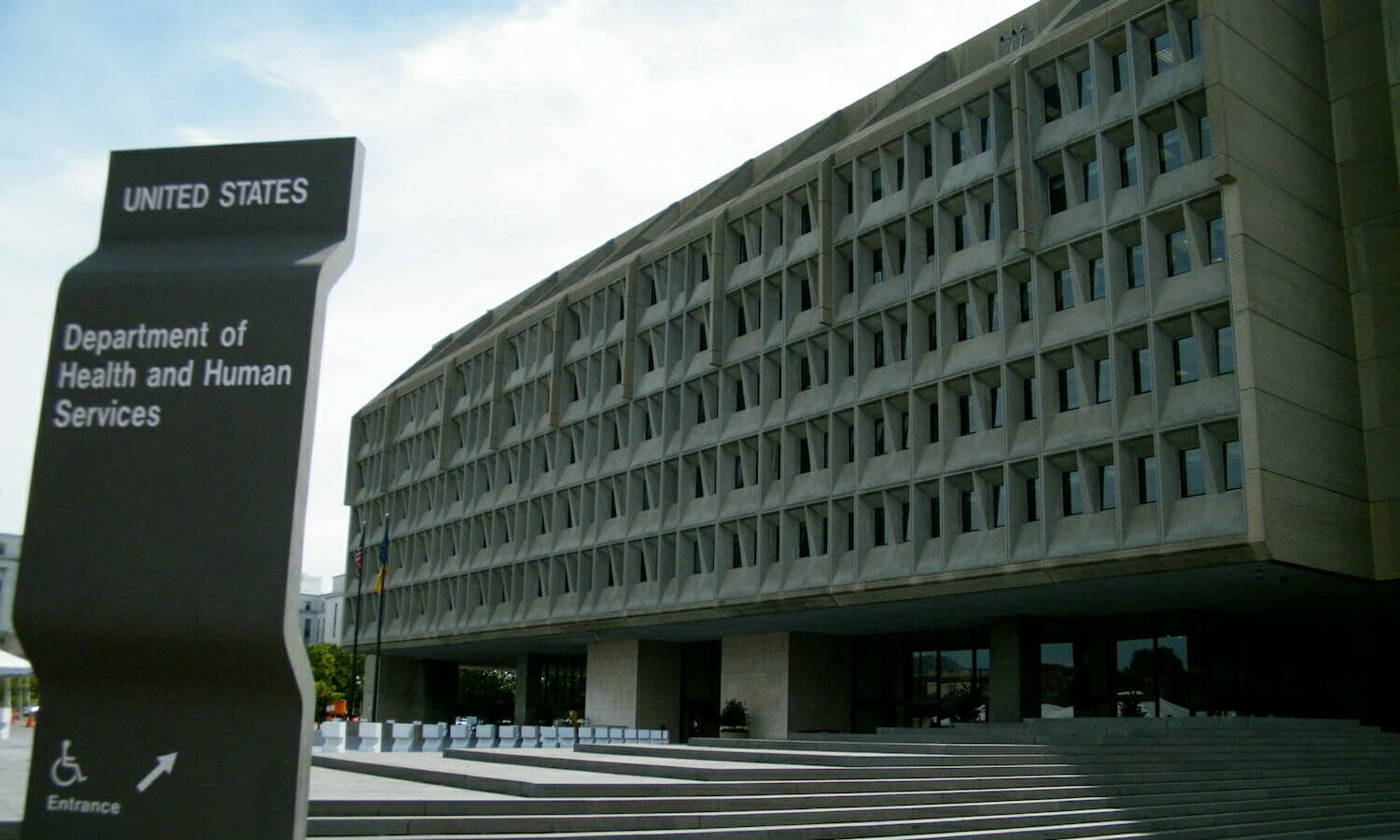Cyber, info wars are new security threats facing the world: Rajnath | Latest News India
Ahmedabad: It has become increasingly difficult to differentiate between internal and external security threats due to technological advancements, defence minister Rajnath Singh on Monday, as he cautioned against possible misuse of independent social media, non-governmental organisations (NGOs) and judiciary by certain forces to destroy the nation’s unity and security.
{{^userSubscribed}}
{{/userSubscribed}}
“New kinds of threats are coming to the fore which have blurred the line between internal and external security in a hybrid warfare. Besides terrorism, cyber war and information war are the new forms of security threats,” Singh said while addressing the second convocation of the Rashtriya Raksha University at Lavad in Gandhinagar district.
“In addition, there are problems like human trafficking and money laundering which are different in appearance, but are related to one other. All the agencies must work in an integrated manner to deal with these challenges,” he added.
An independent social media can be used to carry out systematic propaganda (against the country’s security), the defence minister said. “Freedom of social media is not bad, media should be free, but if media is free, it can be misused… Attempts are made to establish and propagate dangerous and controversial things in the name of freedom of expression,” he said.
{{^userSubscribed}}
{{/userSubscribed}}
“If NGOs have freedom, efforts are made to use NGOs in such a way that the entire system of the country is paralysed. If the judiciary has freedom, efforts are made to use it to stop or slow down the works of development using the legal system. If a country has a dynamic democracy, then an effort is made to infiltrate political parties to attack its unity and security,” he added.
The government has adopted a holistic approach to strengthen all aspects of national security, he said.
Later in the day, Singh said that India registered defence exports worth ₹8,000 crore in six months of the current financial year and aims to achieve the annual export target of ₹35,000 crore by 2025.
{{^userSubscribed}}
{{/userSubscribed}}
Speaking at the curtain raiser event of DefExpo, which is set…






